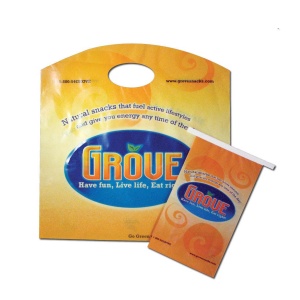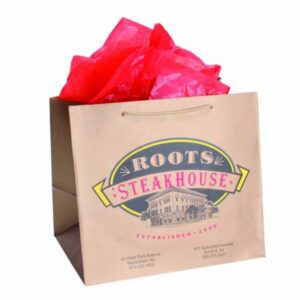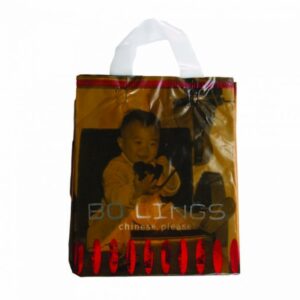


As consumers are more aware of what ingredients are in their food, it is also important to make sure the packaging that contains it is safe. Concern over food safety is something that will propel some of the trends in the food packaging industry, such as: longer shelf lives of products, intelligent packaging that can detect toxins, and sustainable product packaging.
Smart packaging is becoming more in demand because consumers want to be more educated on what’s in their food and how it affects them. According to Markets and Markets, the demand for ready to cook meals is increasing, and people want longer shelf lives for their food. With this, there’s also a need for increased regulation on packaging, so people do not need to worry if their food will make them sick. One way food packaging is getting regulated is through stricter guidelines for labeling products. Also, technology is coming into play to let consumers know how the quality of their food is by using sensors that can detect if the products have been compromised by toxins or chemicals. Through these, consumers will be informed about the food’s freshness.
It’s important to regulate food packaging, because the contents inside can affect people’s health. Stricter guidelines are necessary to make sure people are less likely to consume expired or tainted food. If you haven’t reviewed your food packaging recently, now’s a good time to make sure everything is effectively sealed, up to compliance and is eco-friendly. Here are some ways Prime Line stays environmentally compliant.
Safety is important, but you don’t have to neglect the design of your bag to achieve it. There are many customization options that you can implement that will follow safety regulations and still achieve the desired look for your packaging. For example, you can create degradable packaging, soy inks, printed bags, boxes, and labels, in addition to adding special effects such as embossing, hot stamping, and spot varnish. Stay in touch with your identity by using consistent logos, colors, and other elements that are reflective of your brand.
Food packaging is a growing area that is constantly changing its regulations to ensure the health and safety of the consumer. Keep your packaging up to date with the latest laws, and create something aesthetically pleasing in addition to being safe. For more information, see what makes packaging eco-friendly.




